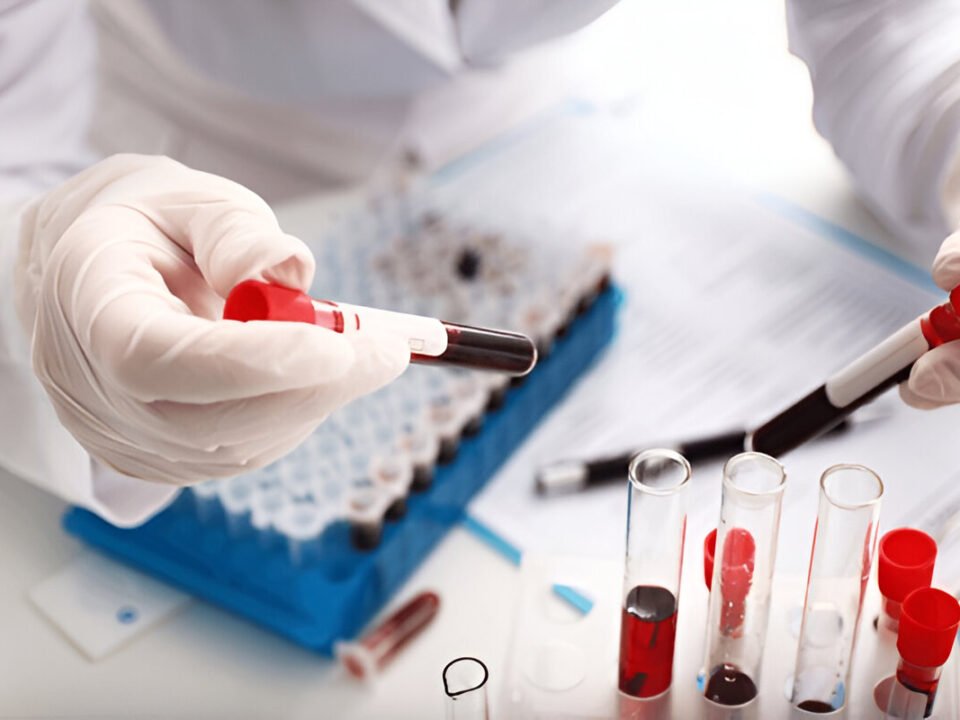Classifications of Enzymes
There are thousands of different enzymes found in cells, each enzymes have its own specialized function. Therefore to differentiate them enzymes are classified into several broad categories based on the types of reactions they catalyse:
- Oxidoreductases
These enzymes catalyse oxidation-reduction reactions involving electron transfers. Examples include catalase which breaks down hydrogen peroxide, and the enzymes involved in cellular respiration.
- Transferases
This class od enzymes transfer functional groups like amino, phosphate, and acyl groups between different molecules. Transaminases and kinases are common transferases you may encounter.
- Hydrolases
These enzymes catalyse hydrolysis reactions – breaking down compounds by adding water molecules across covalent bonds. Example include proteases that digest proteins and lipases that break down fats.
- Lyases
Lyases catalyse non-hydrolytic addition or removal of groups from substrates. Example is carbonic anhydrase which aids CO2 transport.
- Isomerases
This class of enzymes catalyses isomerization – intramolecular rearrangements within a single molecule. Isomerases are involved in metabolic pathways like glycolysis.
- Ligases
These enzymes catalyse synthesis by joining two molecules together with covalent bonds, using energy from ATP. DNA ligase is critical for repairing broken nucleic acid strands.
Understanding how different enzymes are classified based on their reaction types provides a systematic way to study their diverse roles in biological systems. As vital protein catalysts, enzymes are fundamental to pathology, diagnostics, therapeutics, and essentially all areas of medicine and healthcare. Developing this core knowledge helps build a strong foundation for laboratory work and clinical practice.








